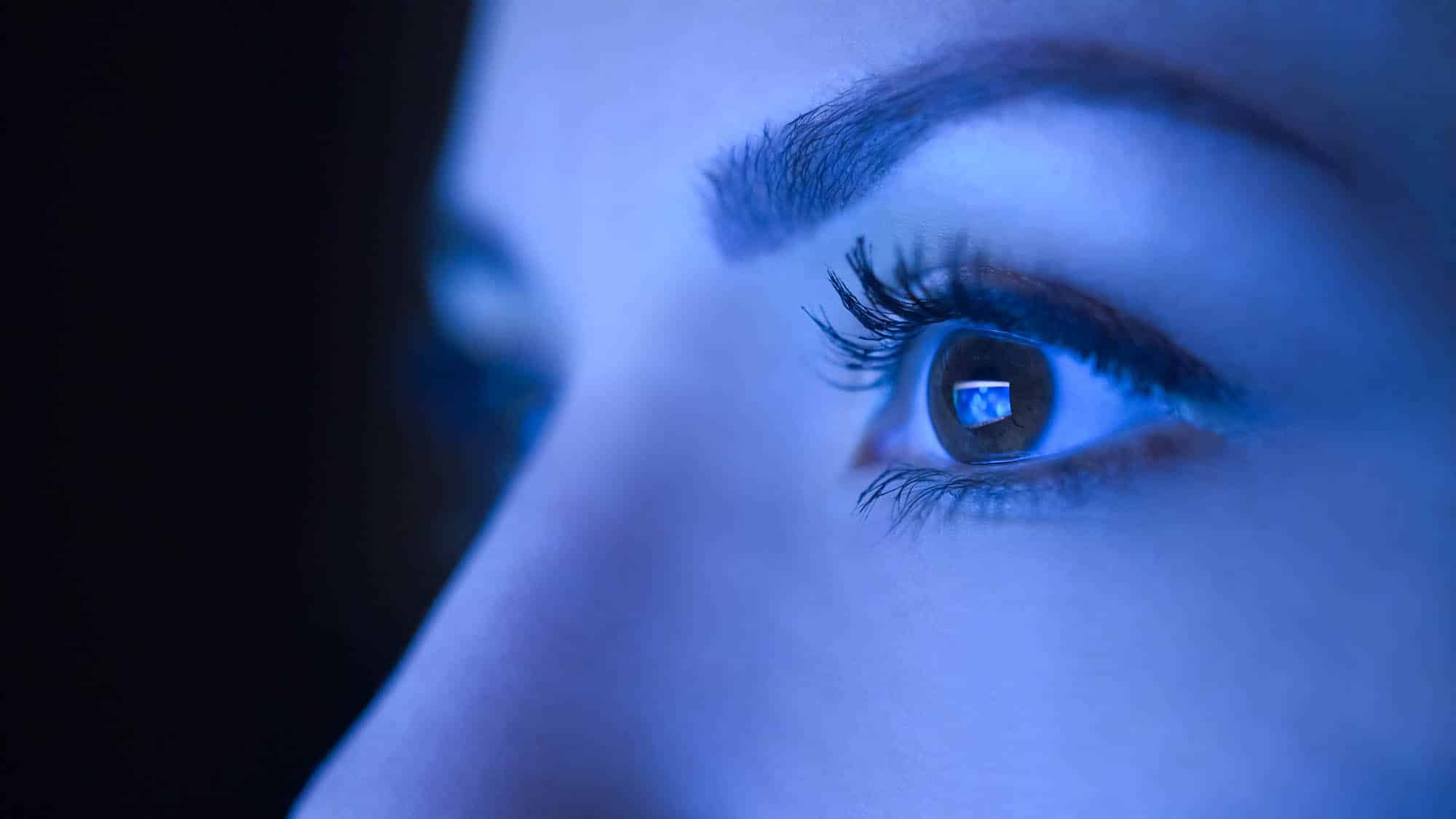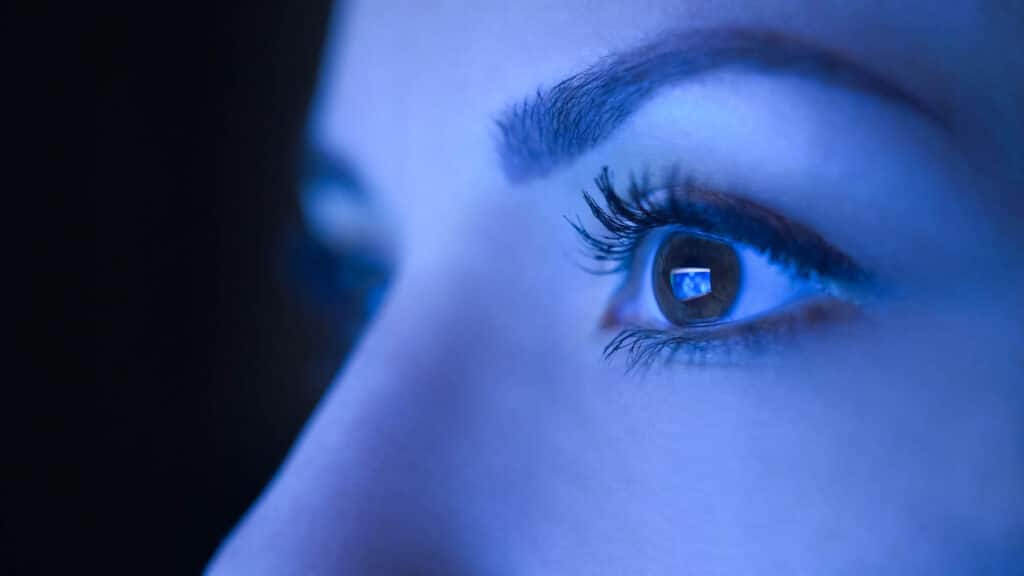
In an increasingly digital world, issues such as digital eye strain are becoming more prevalent than ever before. The use of digital devices has become so ingrained in our day-to-day lives that we would have trouble surviving without them both professionally and personally. Every year that goes by, we become even more dependent on these devices, so digital eye strain can only grow as an issue.
We rarely think about the impact this exposure to digital devices might be having on our vision, and because of that, we deal with recurring headaches, blurred vision, and other symptoms of digital eye strain.
With all this in mind, learn how to prevent digital eye strain with 10 tips to help protect your vision in a digital world:
1. Lighting Matters
As they say in the photography world, “lighting, lighting, lighting!” Lighting doesn’t just matter in a photoshoot; lighting matters in your everyday life as well. If you work in an office and spend a large amount of time staring at a screen, it is important to adjust your monitor settings to avoid straining your eyes. The overhead lights make a huge difference too—if they are too bright, your eyes may become fatigued from overexposure; if they are too dim, your eyes will get strained over time. It is recommended that you keep your source of light off to the side rather than directly in front or behind you.
2. Adapt Your Environment to Your Needs
It is a good idea to customize your environment to what is most comfortable for you. Using a large monitor or a screen magnifier for your computer helps reduce symptoms of eye strain. Believe it or not, having a comfortable chair can do a lot for your eyes because it reduces the amount of stress you put on them when constantly adjusting how you sit for the best viewing angle.
3. Read at the Right Angle
This may seem minor, but it can make a big difference. Ensure that your computer monitor is positioned slightly below your eye level so that you are looking slightly downward at it. Sitting approximately 24–28 inches away from your screen is recommended as well. This positioning helps reduce strain on your eyes and improves overall comfort while using digital devices.
4. Don’t Forget to Blink
Statistics show that people blink much less when using digital devices, which is the most common reason their eyes dry out and become strained over time. It is a good idea to remind yourself to give your eyes a break once in a while in the office. You would be surprised at how much of a difference it makes when you take a moment to close your eyes for a few seconds every 20 minutes. This simple habit can help keep your eyes moisturized and reduce discomfort.
5. Magnify Your Text
If you already have vision complications, adjusting your text size for easier reading helps reduce symptoms of eye strain. Nearly every digital device has options to increase text size, making it easier to read so you don’t have to squint. Adjusting the brightness and contrast of your screen can also help improve readability and reduce eye fatigue symptoms. Reading vision changes for everyone over time. If you have noticed more difficulty with your reading vision, schedule a reading vision exam to discuss your treatment options.
6. Follow the 20-20-20 Rule
One of the best ways to prevent digital eye strain is by following the 20-20-20 rule. Every 20 minutes, take a 20-second break and look at something at least 20 feet away. This practice gives your eyes a chance to relax and refocus, helping to reduce strain and discomfort throughout the day.
7. Reduce Screen Glare
Glare from screens can contribute significantly to eye strain. You can minimize glare by adjusting your screen’s brightness to match your surroundings, using anti-glare screen protectors, and positioning your screen to avoid reflections from light sources. If you wear glasses, consider getting an anti-reflective coating on your lenses to further reduce glare.
8. Use Blue Light Filters
Blue light emitted from screens can disrupt sleep patterns and may contribute to eye strain. Many devices have built-in blue light filter settings that reduce the amount of blue light exposure. While the full effect of blue light emitted from screens contributing to eye strain has yet to be fully determined, you can try blue light filtering glasses to help protect your eyes, especially if you spend extended hours in front of a screen.
9. Stay Hydrated and Use Artificial Tears
Dry eyes are a common issue for those who spend long hours on digital devices. Drinking plenty of water throughout the day helps maintain natural tear production. If you still experience dryness, consider using artificial tears or lubricating eye drops to keep your eyes comfortable.
10. Get Regular Eye Exams
Regular eye check-ups are essential for detecting any vision problems early on. An optometrist can assess your vision and recommend any necessary adjustments, such as prescription glasses with blue light protection or special lenses designed for screen use. Staying proactive about eye health ensures you catch potential issues before they become major problems.
By following these 10 tips, you can significantly reduce your risk of digital eye strain and keep your vision healthy in a world where screens are unavoidable. Protecting your eyes now will help you maintain clear, comfortable vision for years to come.





